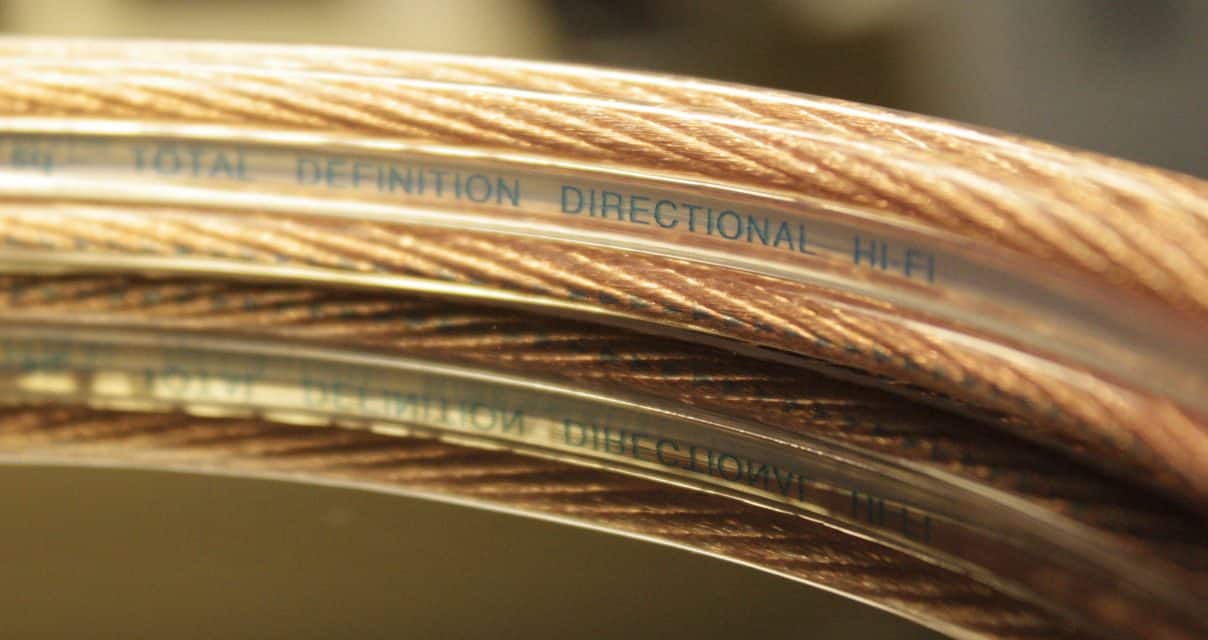People generally overestimate the wire gauge required for high-power applications.Garth wrote: Mon Jul 17, 2023 8:32 am lamp cord probably fine for guitar but at the risk of embarrassing myself I am wondering if it might be worth going with a higher gauge cable for say SVT > 8x10 or some other very high-powered bass rig since bass and volume are certainly two higher demand needs. I guess now that I think about it though, some of the bigger sound reinforcement rigs I've worked with are doing very long runs to subs w/ 12 gauge I believe...so I may have answered my own question in that it's probably overkill.
At the risk of Bishopdante-ing this thread, let's do some back-of-the napkin math.
Assume a bass amp putting out a constant 300 W RMS signal into a 4 ohm load (I'm not going to get into complex impedances and reactive elements here).
That's about 9 A continuous.
Most PVC-coated cables have a maximum temp rating of 160 F. Let's assume it's a warm club and the ambient temperature is 80 F. So we want to keep the cable below 80 F of temp rise.
A single 12 AWG stranded conductor has a resistance of about 0.002 ohms per foot. Let's assume 10 feet of TOTAL cable length (5 ft on each leg), as the SVT is sitting right on top of the fridge cab. That's 0.02 ohms.
Ohms law says we'll see 9^2 * 0.02 = 1.62 W of loss in the cable. Doesn't seem like that much.
Using this table, we can look up the temp rise (in deg C) vs. current:

For 12 AWG the chart doesn't even go down to 9 A, which means no appreciable rise in temperature.
Going back to our 80 F (27 C) temp rise maximum from above, we'd need to use something like 20 AWG before we'd have to worry about the cable's rating.
So, for musical applications, where output is very dynamic and you're never putting out a constant 300 W, you can get away with 14 or 16 AWG lamp cord very easily.
